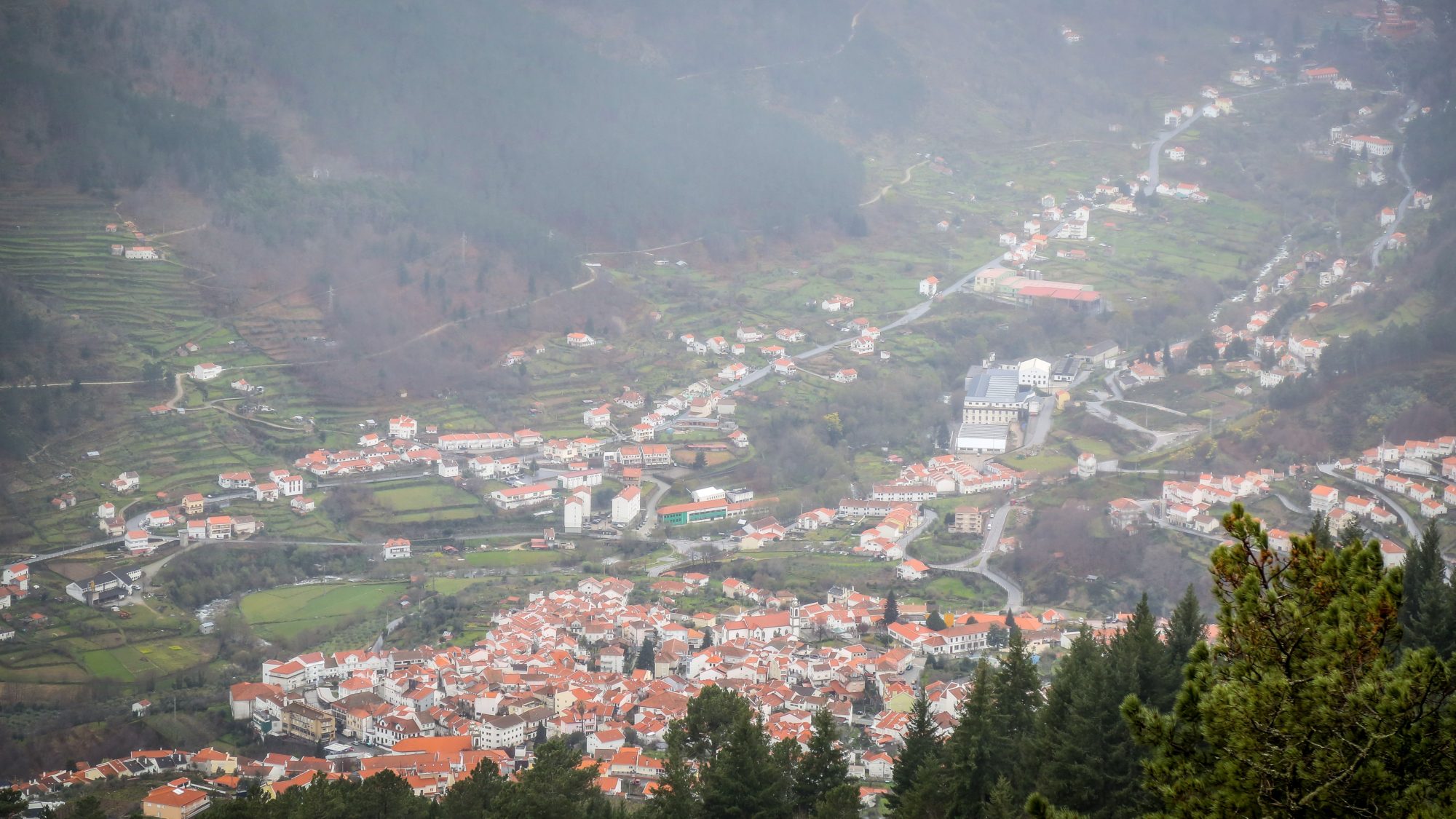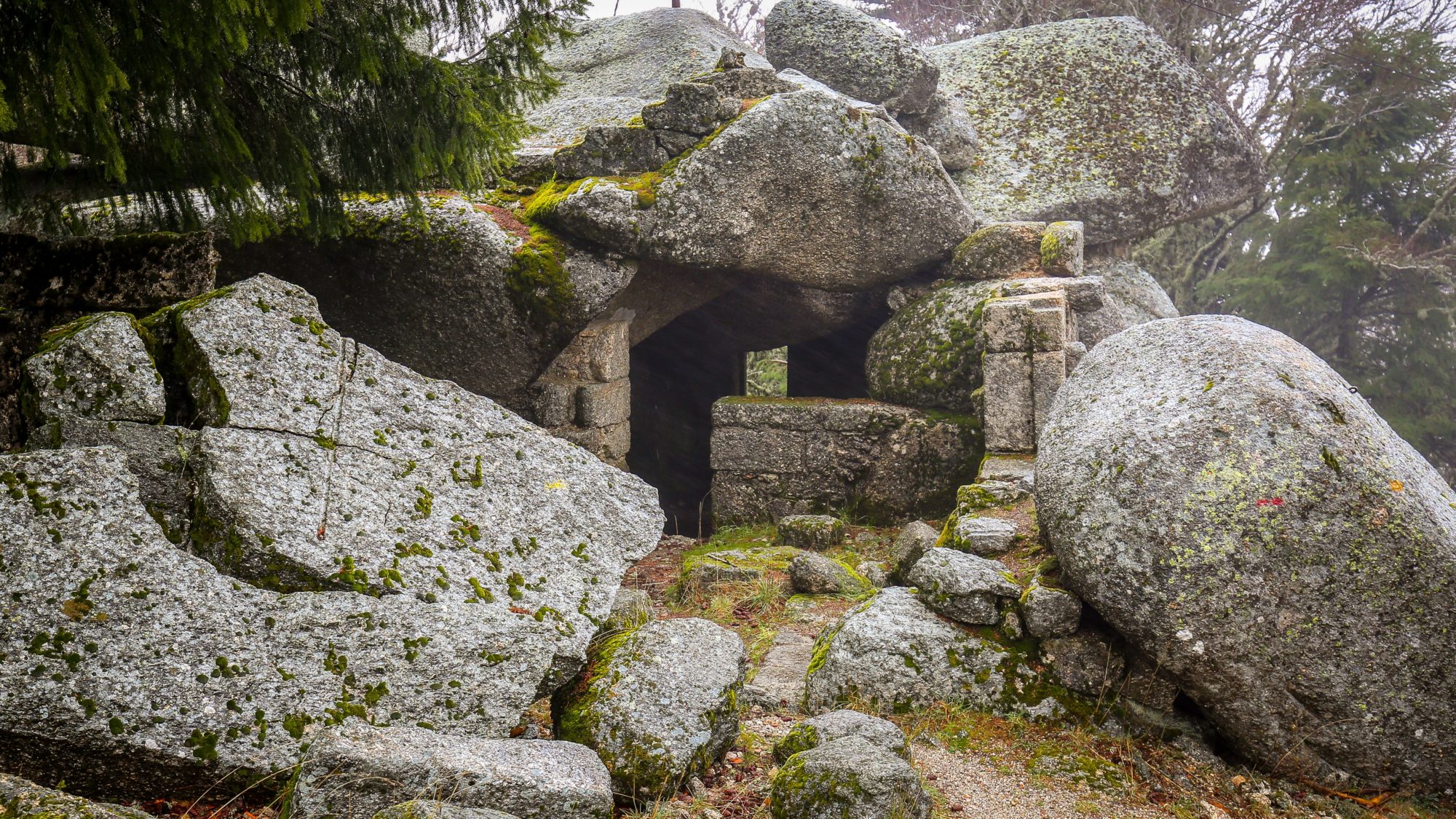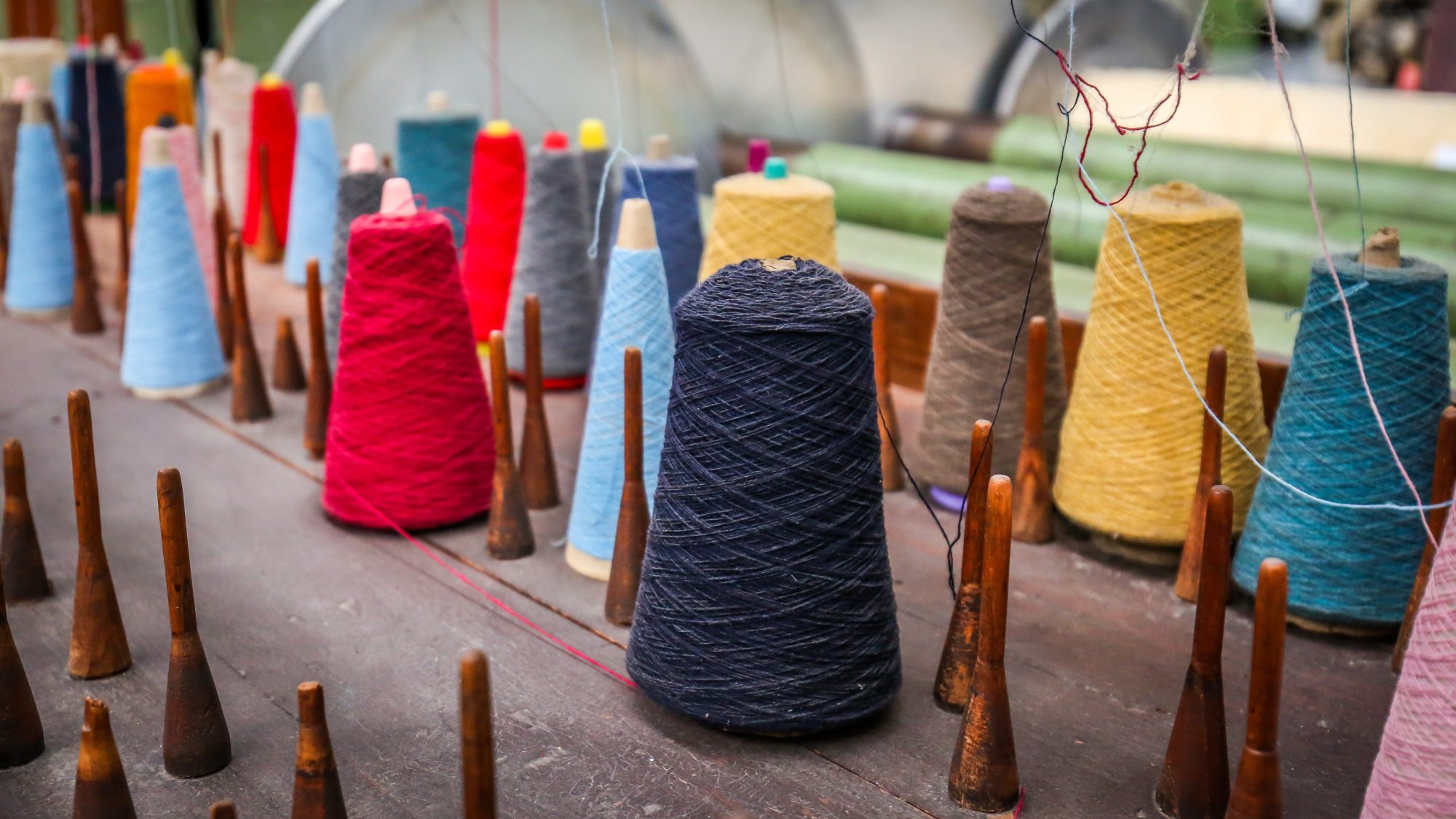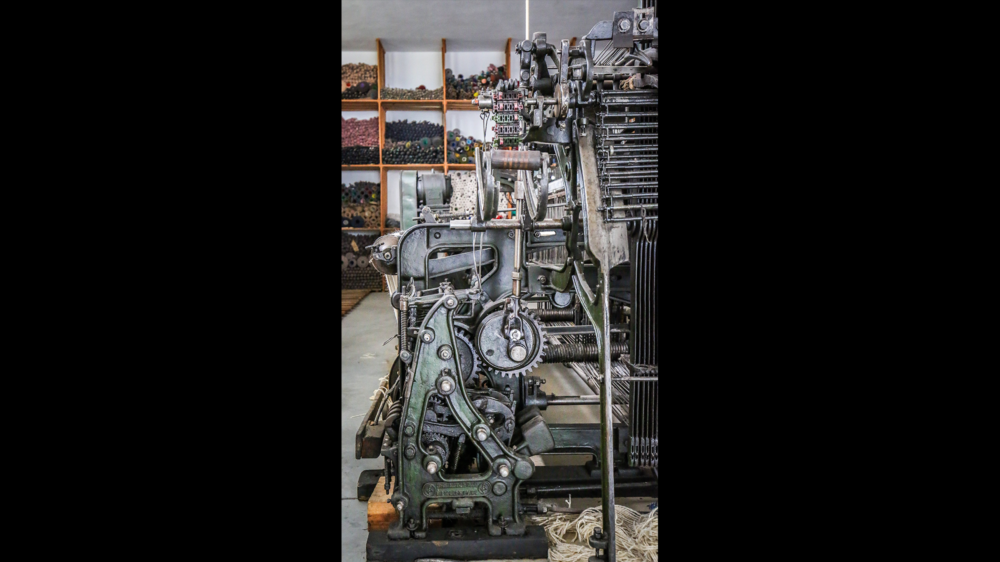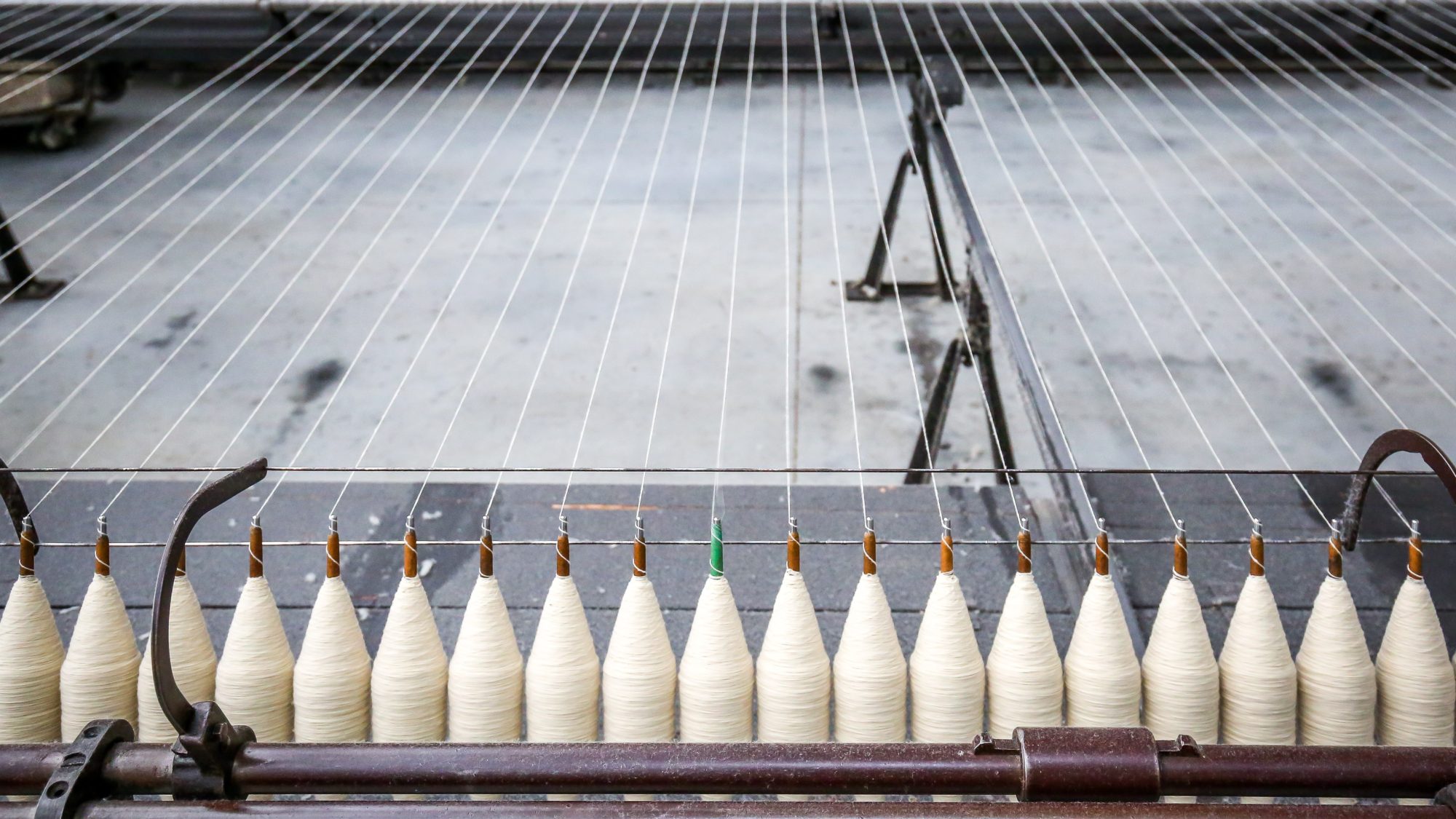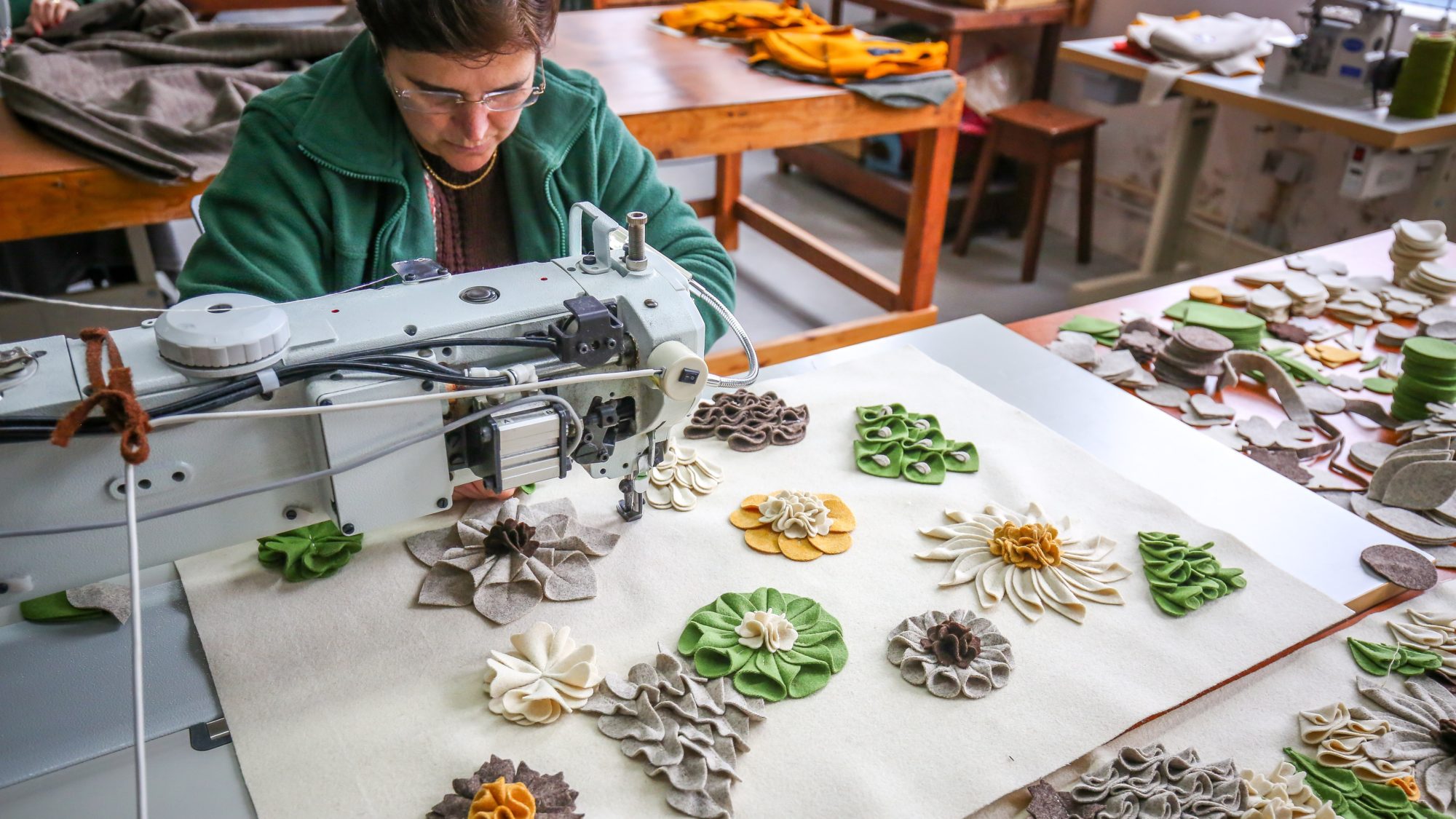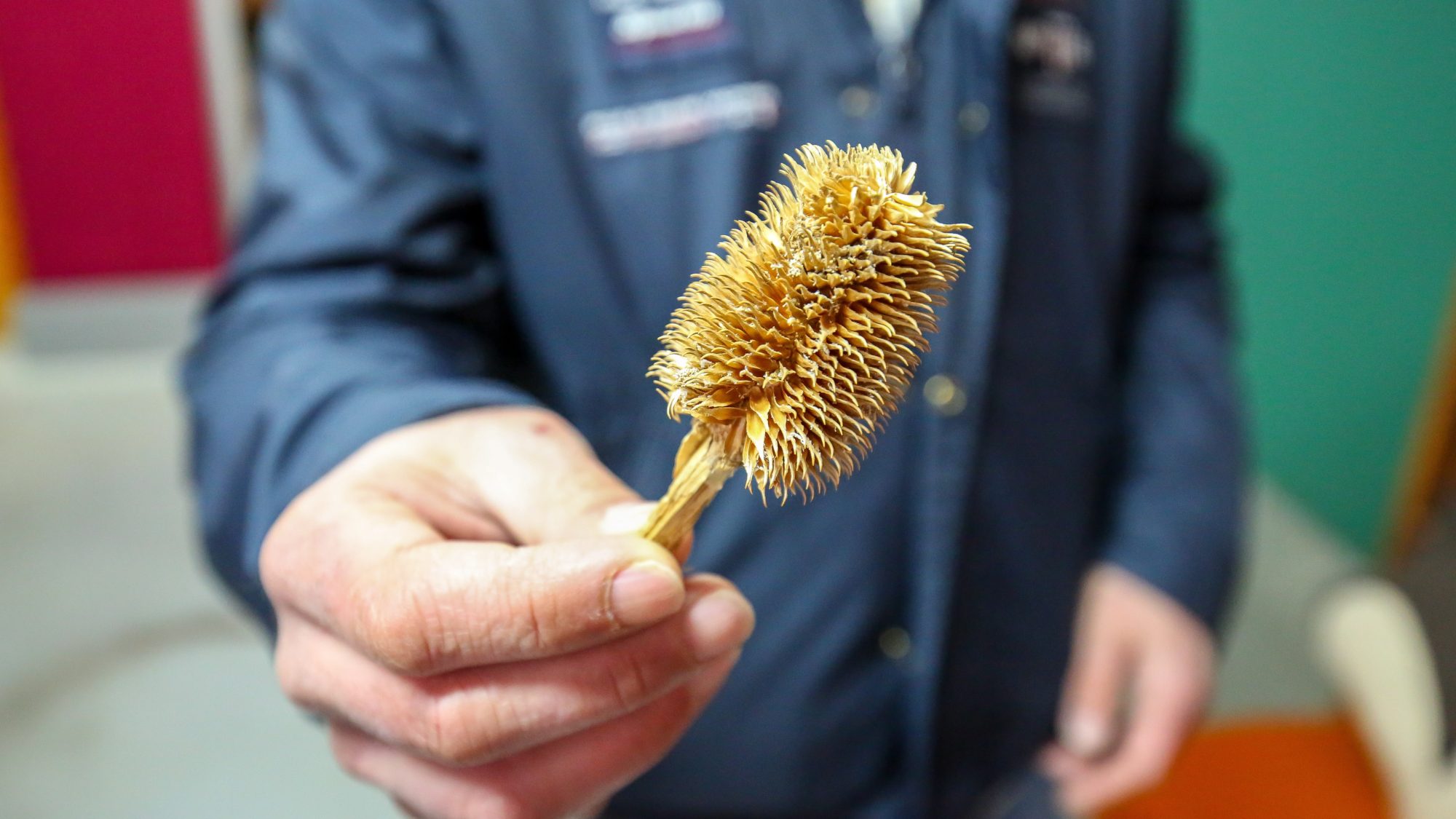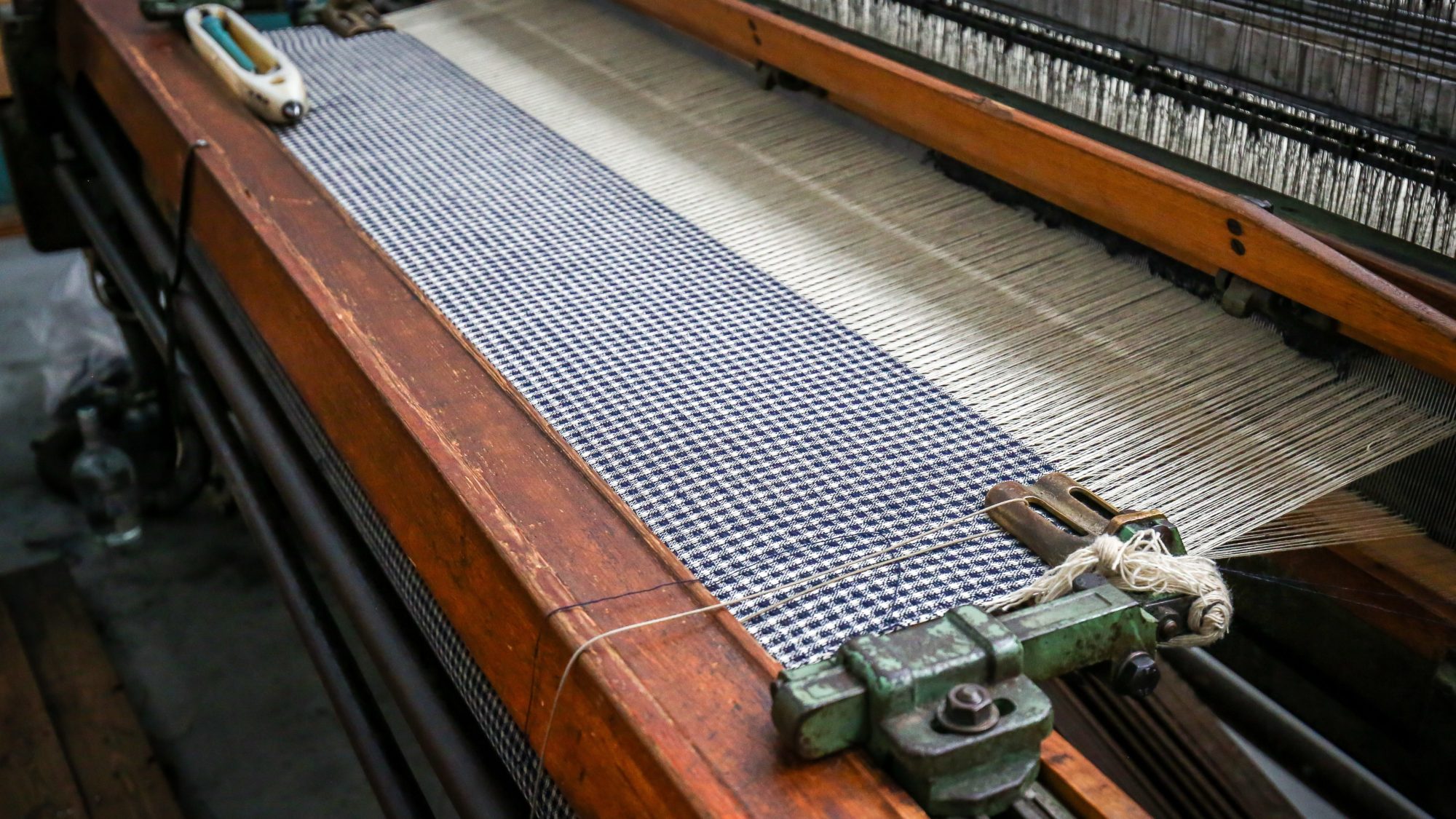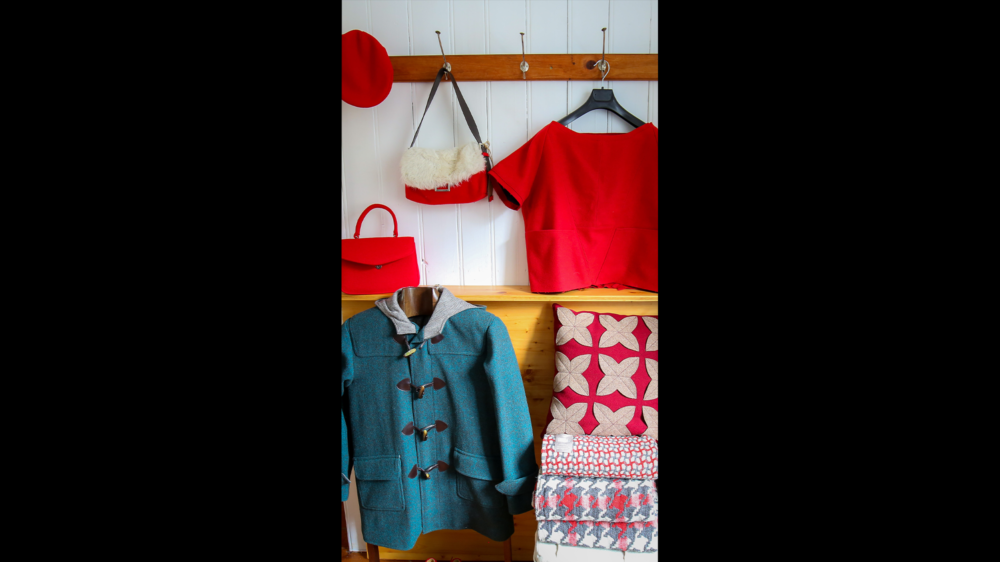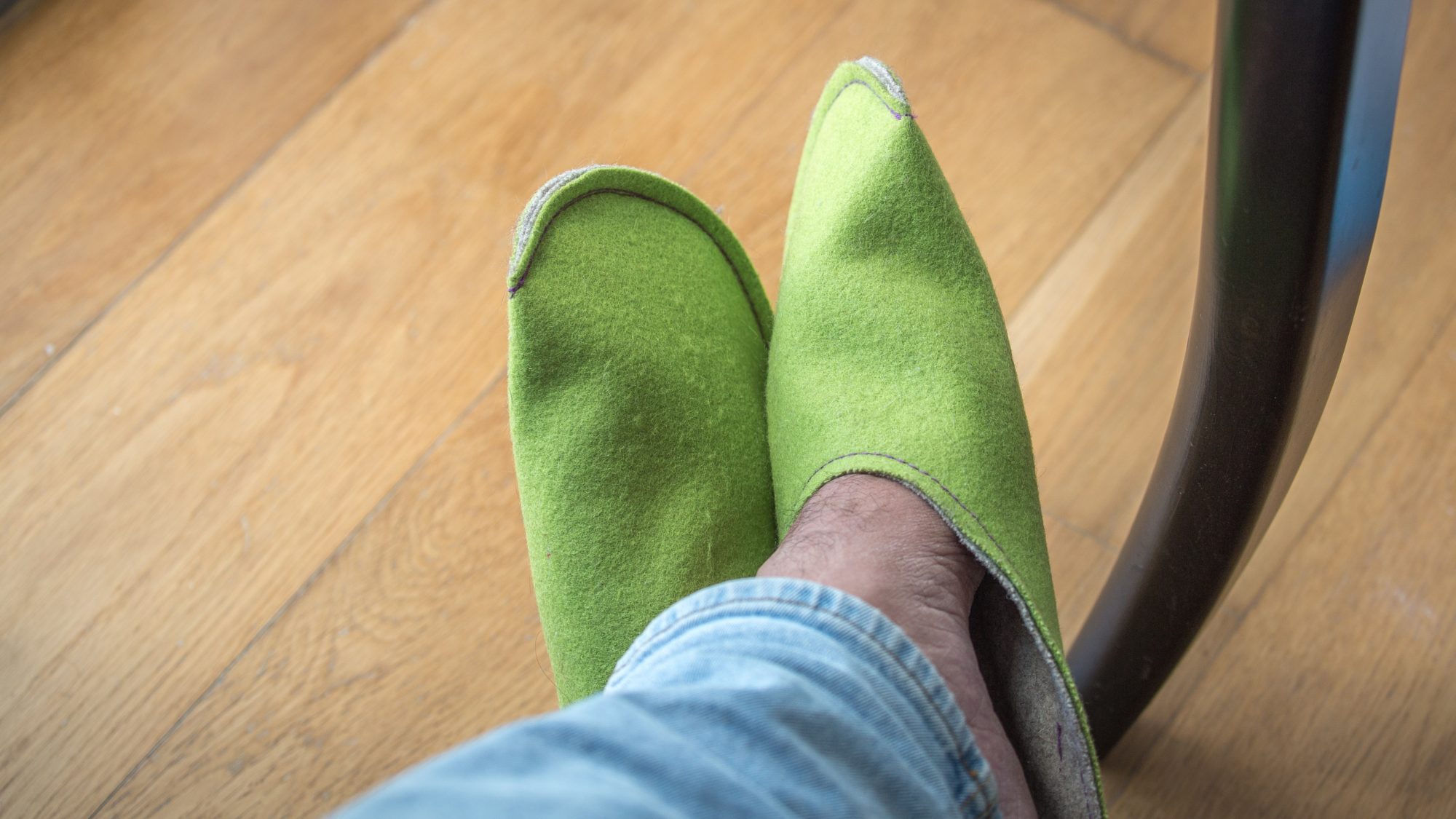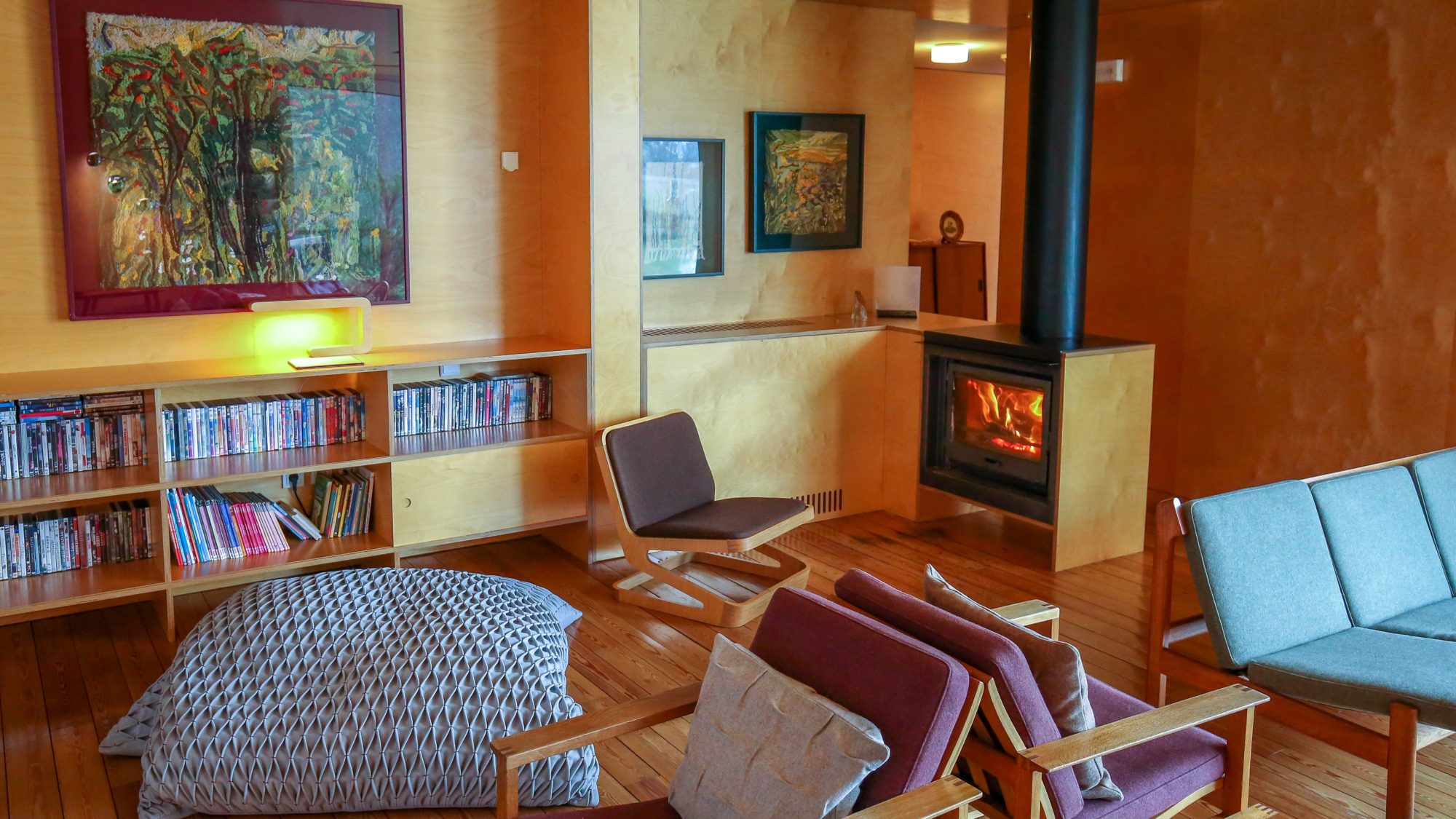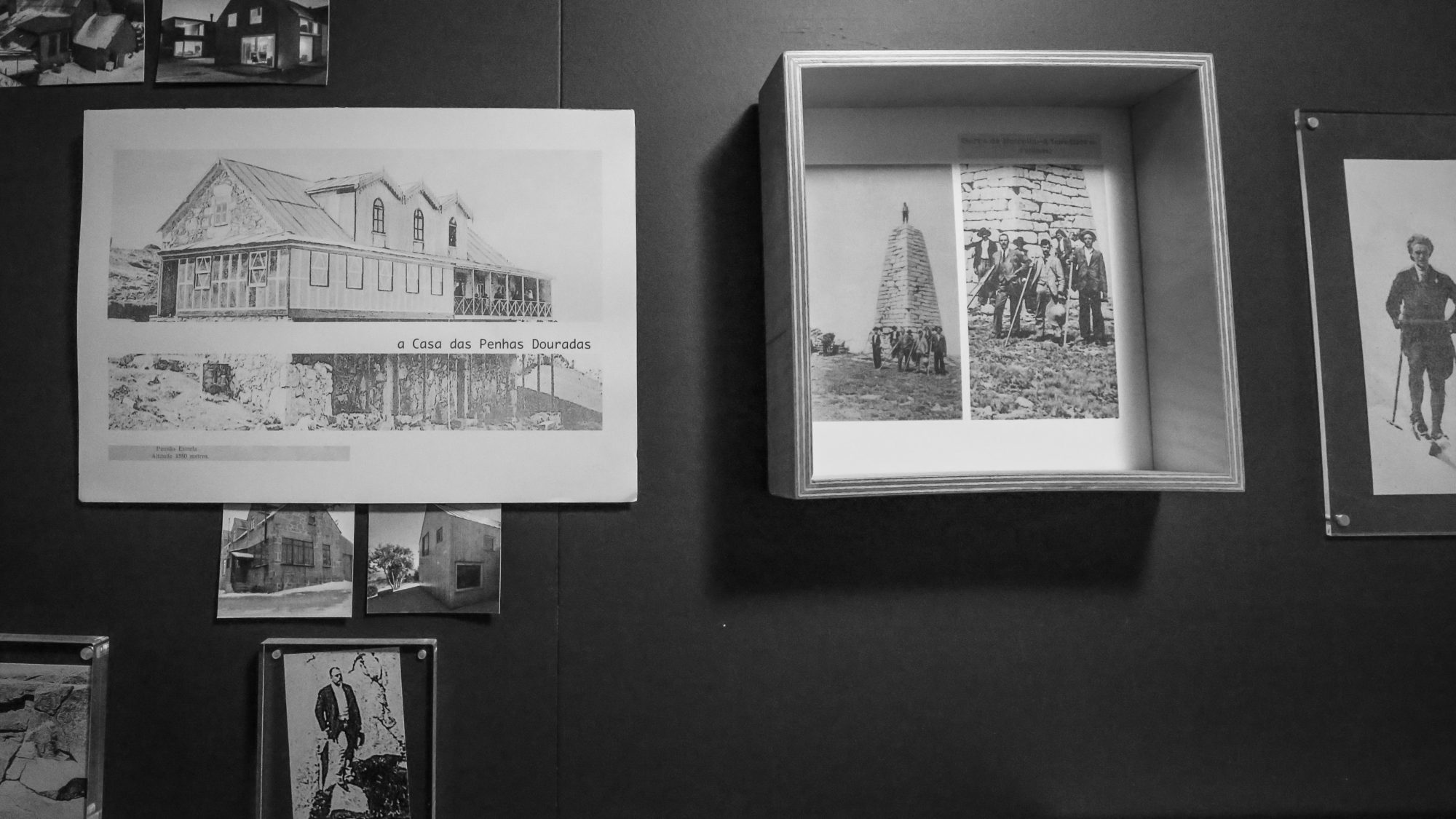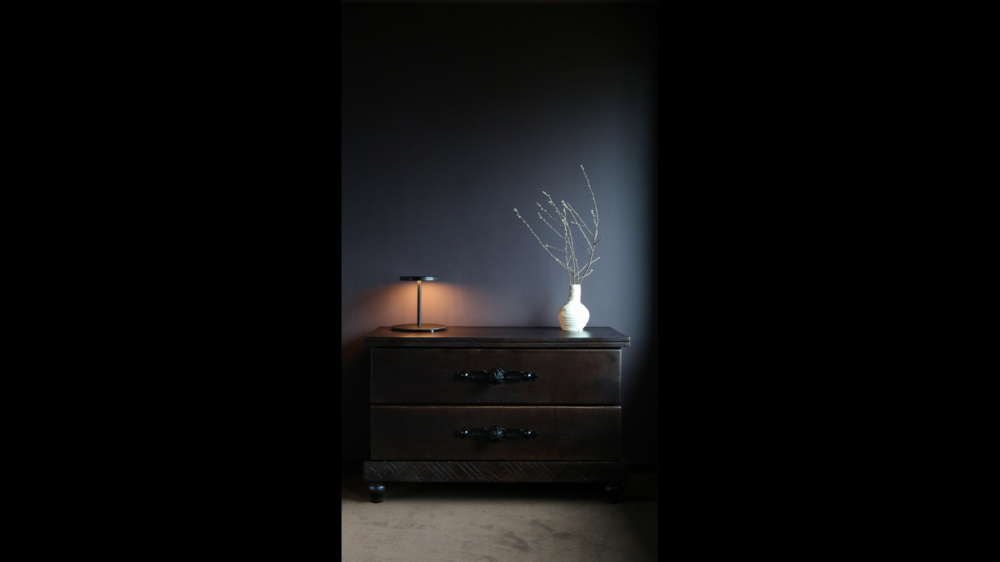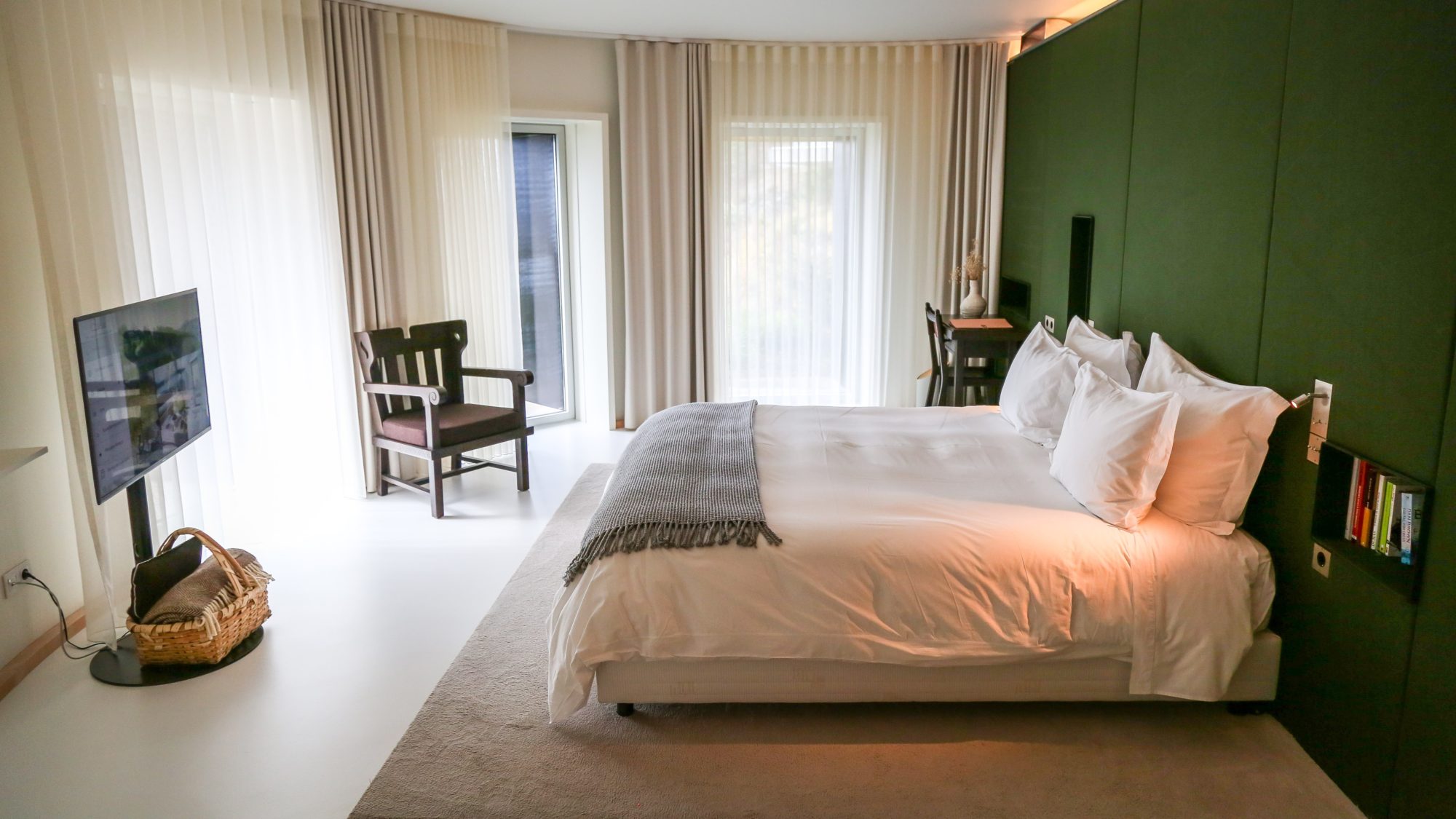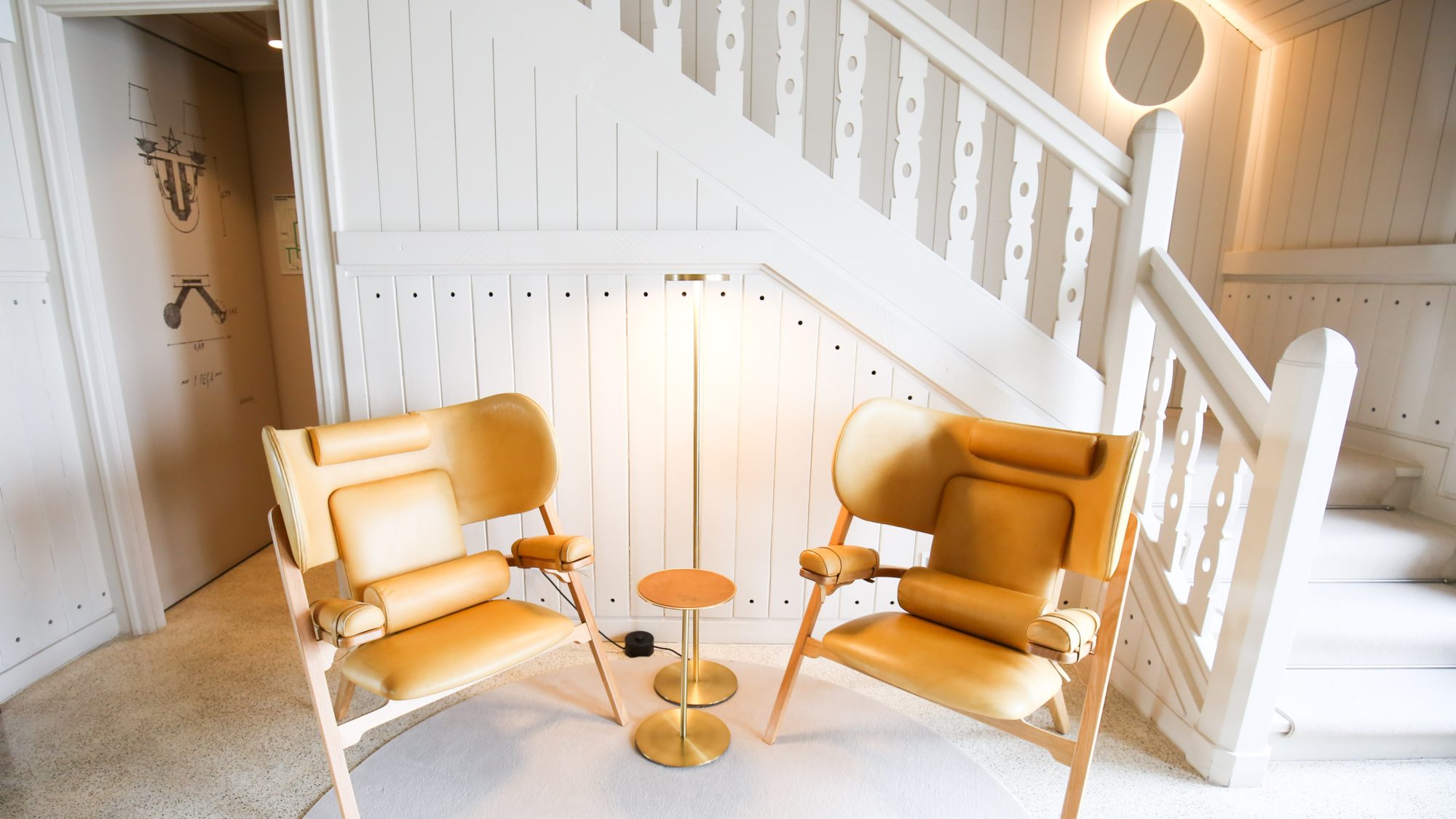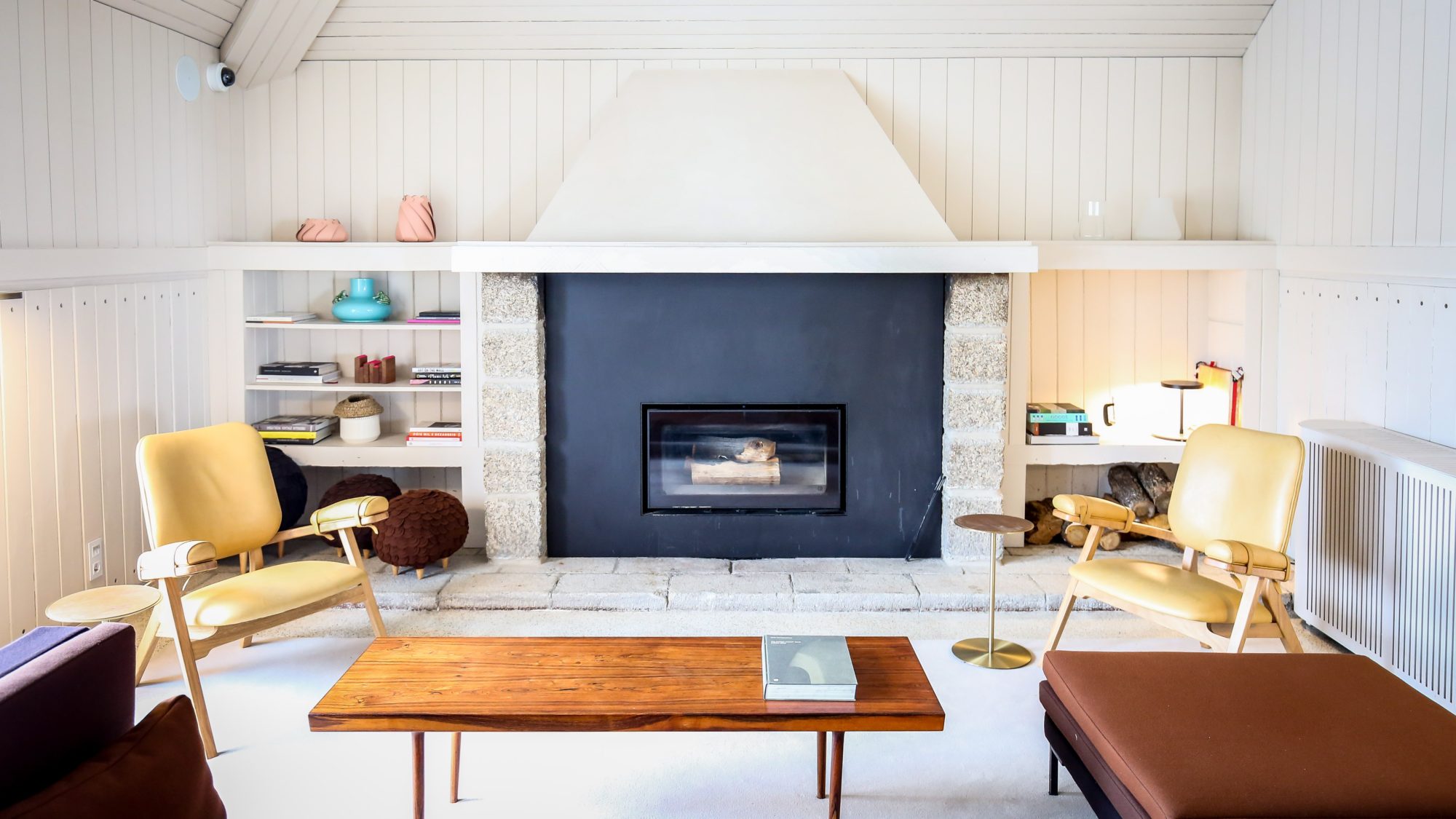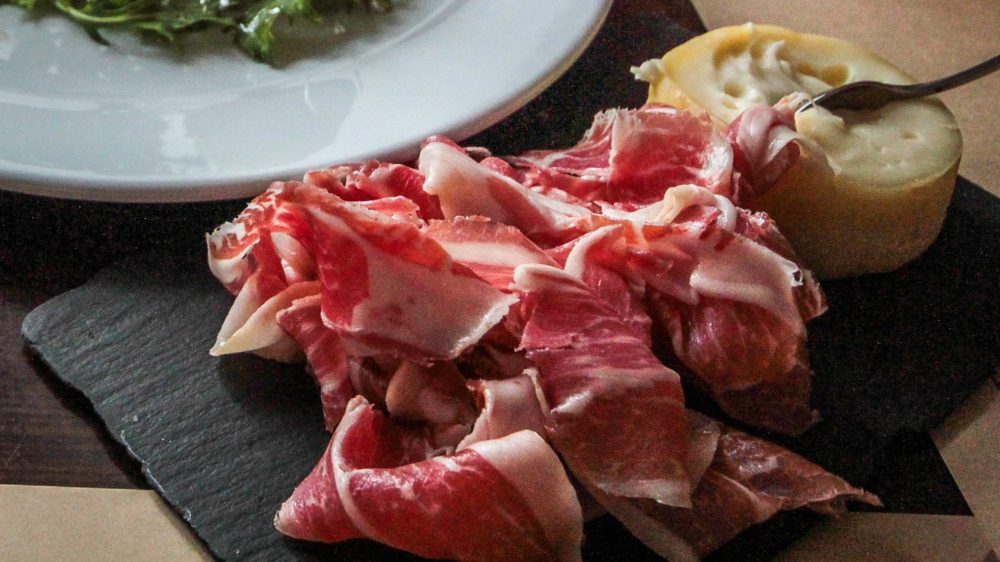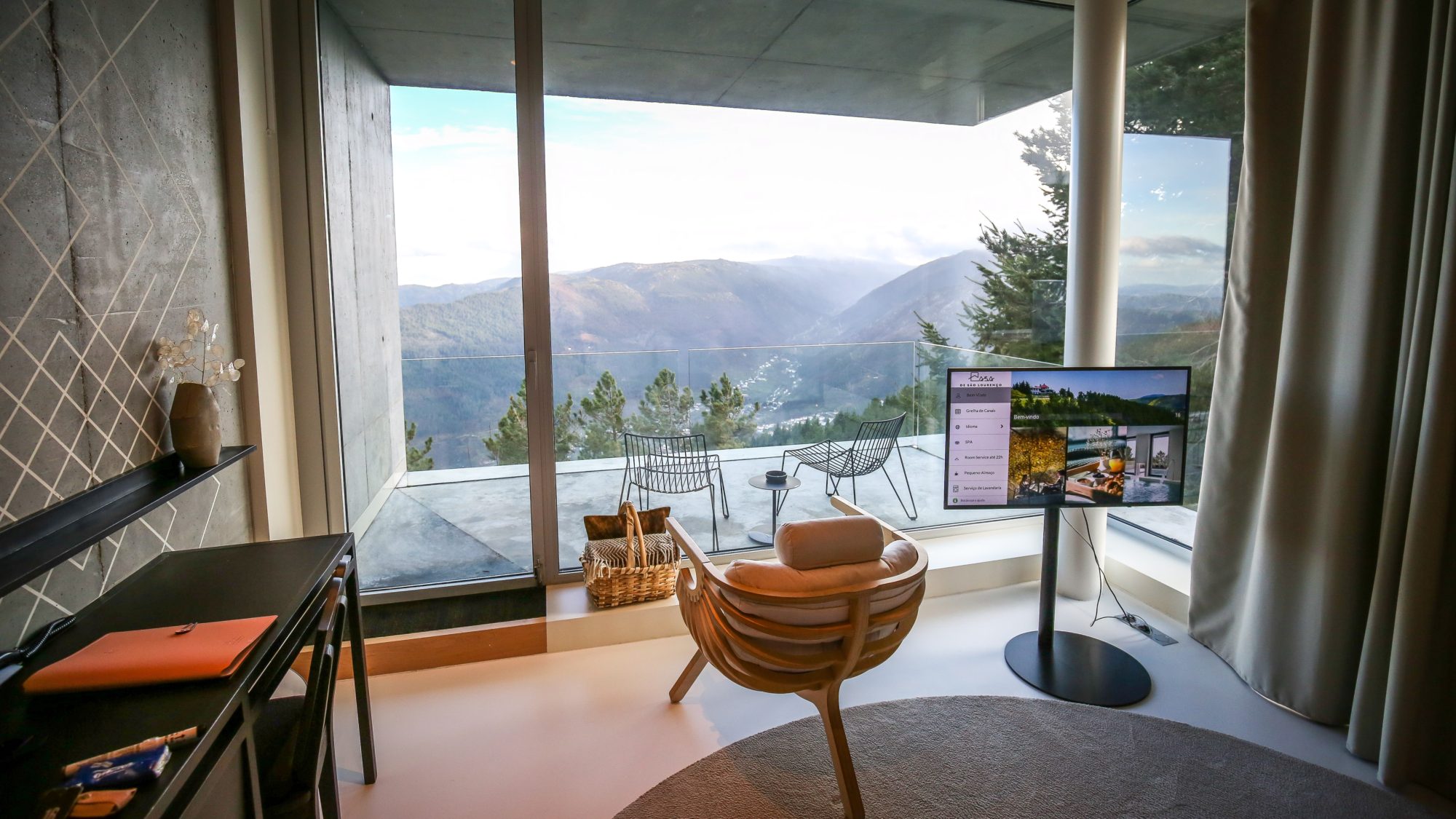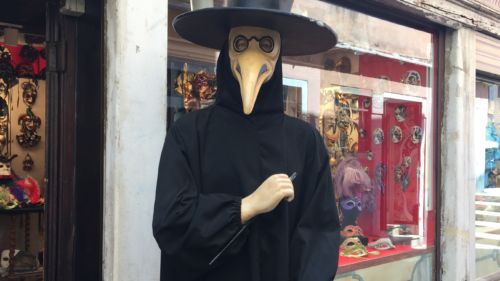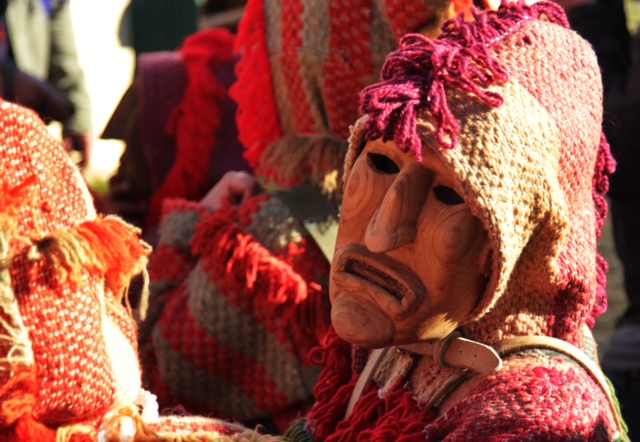An Expedition to the Stars
The story I have to tell begins in Portugal in 1881. A team of scientists from the Lisbon Geographic Society gather to undertake an expedition to the Serra da Estrela mountains some 300km away. The Serra, the highest point in continental Portugal (the peak at Torre clocks in just shy of 2,000 meters) acquired its main features in the last Ice Age, where glacier movement sculpted high peaks and deep valleys. It is where the only two rivers that begin in Portugal, the Mondego and Zêzere. originate. That a trip we could take today in just a few hours by car was described as an “expedition” underlines the isolation and the sense of the unknown in late 19th century rural Portugal. The expedition investigated the meteorological, anthropological and geographic aspects of the Serra, but one of the founding Society members and participants, the physician Dr. Sousa Martins, had other preoccupations in mind: tuberculosis was sweeping through the country and Martins was hopeful that the high elevation and remoteness of the Serra da Estrela would serve as a treatment therapy.
The Serra today is still very much off the beaten track, considered the coolest part of this generally warm country, skiable in winter, and where even in summer clouds can dramatically sweep in from the Atlantic Ocean to envelop the forests. At the time of the expedition, the Serra was the preserve of mountain shepherds (tending the Bordaleira sheep which produces the region’s celebrated and utterly delicious creamy cheese) and a handful of isolated hamlets where humans continued to eek out a pastoral existence much as they had for the previous 1,000 years. Dr. Sousa Martins concluded the Serra da Estrela had ideal climatic conditions and the purest air in all of Portugal. In following years, homes for tuberculosis sufferers as well as a small hotel were built and the area became known amongst the monied classes of Lisbon as the place to recover from the terrible epidemic. Dr. Sousa Martin himself eventually succumbed to TB, taking his own life with an overdose of morphine, but his trajectory and subsequent veneration as a near saint is a story particularly meaningful in these pandemic times,.
Many of the convalescent homes still stand, but the Serra today is better known for wool blankets, the local cheese, and spectacular hikes. My own foray into the region was partially hosted by João Tomás and Isabel Dias da Costa of the Burel factory in Manteigas. This young Lisbon couple had undertaken their own expedition to hike the Serra in 2006, fell in love with the place, and bought one of the old decrepit sanitariums which they converted into a smart trekking hotel called Casa das Penhas Douradas. In looking to source textiles and local materials for the hotel, they came across the Lanificios Imperio factory, which has produced Burel fabric since the 1940s. Burel is a waterproof material made from 100% Bordaleira wool, similar to felt, providing the capes and garments traditionally used by shepherds, ideal for the alpine conditions. The factory had been struggling financially and the livelihood of a good portion of families in Manteigas was in peril, so the couple acquired the factory and saved a cottage industry, working with innovative designers and introducing more up-to-date product lines for Burel. Today Burel products are sought after by designers and sold worldwide. You can visit the factory and see the 19th century machines clanking away in action, carding, spinning wool and weaving blankets, while seamstresses sew designs and patterns that go into clothing, accessories, upholstery and blankets.
With an enviable position at the top of a narrow road twisting up from Mantiegas, the old Pousada São Lourenço was one of the first pousadas in Portugal and well known for the interior design and furniture of artist Maria Keil. But it was falling on hard times and facing closure, and the Burel Factory saw an opportunity to acquire it. After a thorough remodel, the renamed Casa de São Lourenço opened last year, now easily the region’s best hotel. The original vaulted wooden beams and cherry-coloured balconies stayed along with Keil’s dark furniture, but the rooms and common areas got a minimalist strip-down, and a new wing was added including a small spa and heated indoor/outdoor pool. Rounding off the improvements, a comfortable gastronomic restaurant is one of the highlights, featuring many of the original pousada’s recipes cranked up a notch by an innovative young chef from Porto.
São Lourenço and my time in the Serra da Estrela earlier this year has major significance for me. I was there on March 2, the day Coronavirus was first detected in Portugal, blissfully unaware that we were hurtling into a void of the unknown that would see much of the world go into lockdown within the following fortnight. The struggles since then and the blur of the last few months in isolation have taken a physical and mental toll on many of us, but I’ve been comforted by remembering the thrill of discovering a true truffle, high in the Portuguese mountains. I took the scent of the Douglas Firs, into lockdown with me, and the memories of watching from my balcony the sunset clouds infused in pinks and ochre waft in over the hills and the valley. I think of the spinning wool and antique machines in staccato at the Burel factory, the sheep grazing in the nearby hills, and the earthy, velvety sheep’s cheese paired with the tannic bold reds of the nearby Dão region. I think of the nights under the stars breathing in the crisp alpine air which cured so many tuberculosis patients a century ago. I know that Serra da Estrela air will heal once again when it is safe to travel.
Sebastian has a new-found fondness for scratchy Burel slippers, gooey sheep’s cheese and startling mountain vistas. He also loves helping to plan meaningful Portugal trips. To find out more about the Coronavirus situation in Portugal and planning a trip, get in touch with him.
